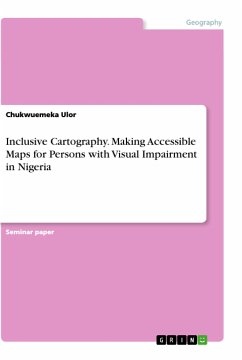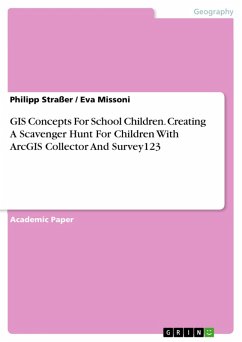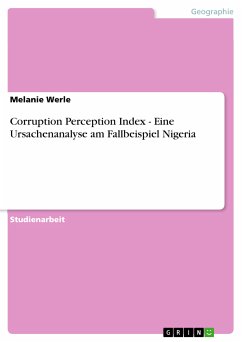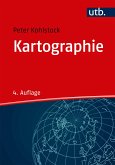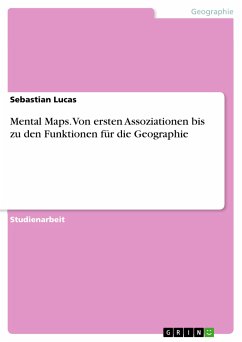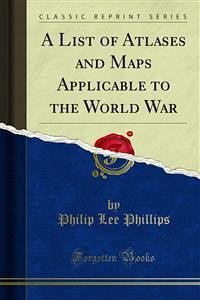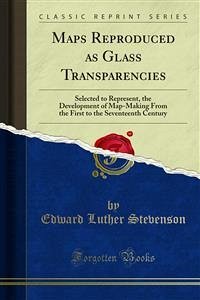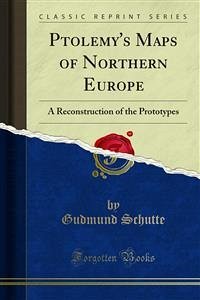Seminar paper in the subject Geography / Earth Science - Cartography, Geographic Information Science and Geodesy, , language: English, abstract: Many of our maps and mapping processes do not consider nor involve persons with disabilities. People with visual impairment, hard of hearing and mobility challenges also need these tools to live a normal life. In cartography, accessibility can be improved by making tactile maps and inclusive digital maps which are significantly helpful for persons with disabilities. Accessibility is the word used to describe whether a place, service or product can be used by people of all abilities and disabilities. For example, a train or website is accessible if all people, including non-disabled, disabled and elderly people can use it. People with disabilities (PwDs) face challenges in moving around seamlessly due to barriers created by the society. Accessibility translates to the removal of barriers in accessing places, products and services. Persons with disabilities also experience challenges in accessing education, healthcare, employment, finance and basic needs of life. Accessibility gives everyone (able and disabled) the same opportunity. Common area barriers include mobility, auditory, neurological, cognitive, medical, and psychological. According to the United Nations over one billion people live with disabilities. The reality is that more people will have some form of disability in the future either temporarily or permanently. Increase in forms of disability can be attributed to old age, ill health, mental disorders, physical deformity, accident and armed conflict. Since we know disability is on the rise, it is important that accessibility takes precedence across the world, as soon as possible. Research has shown that people with disabilities don't consider themselves as being unhealthy; therefore, making map products and cartographic services accessible goes a long way to enable PwDs move around with minimal assistance.
Dieser Download kann aus rechtlichen Gründen nur mit Rechnungsadresse in A, B, BG, CY, CZ, D, DK, EW, E, FIN, F, GR, HR, H, IRL, I, LT, L, LR, M, NL, PL, P, R, S, SLO, SK ausgeliefert werden.

